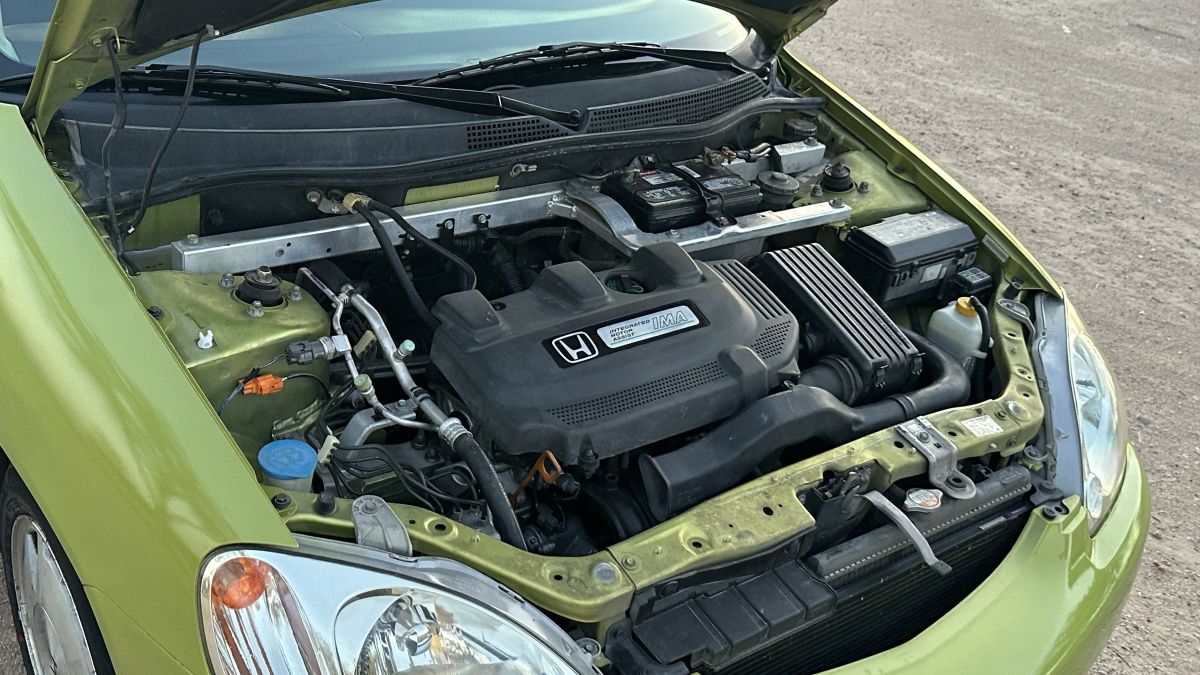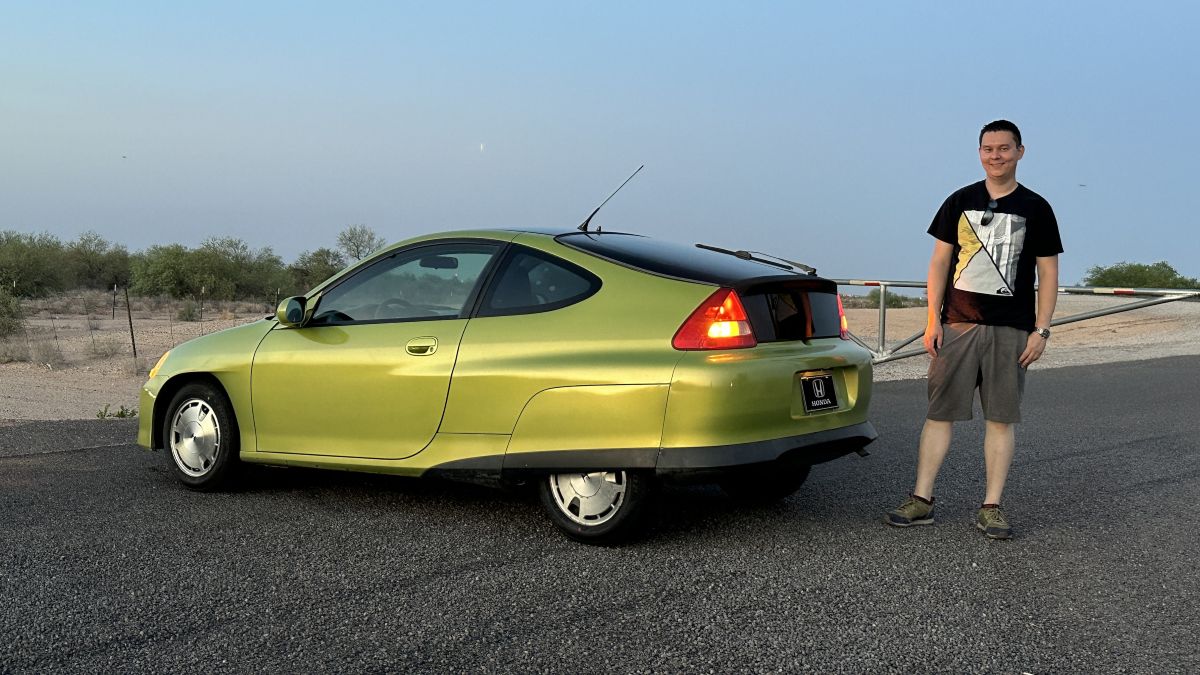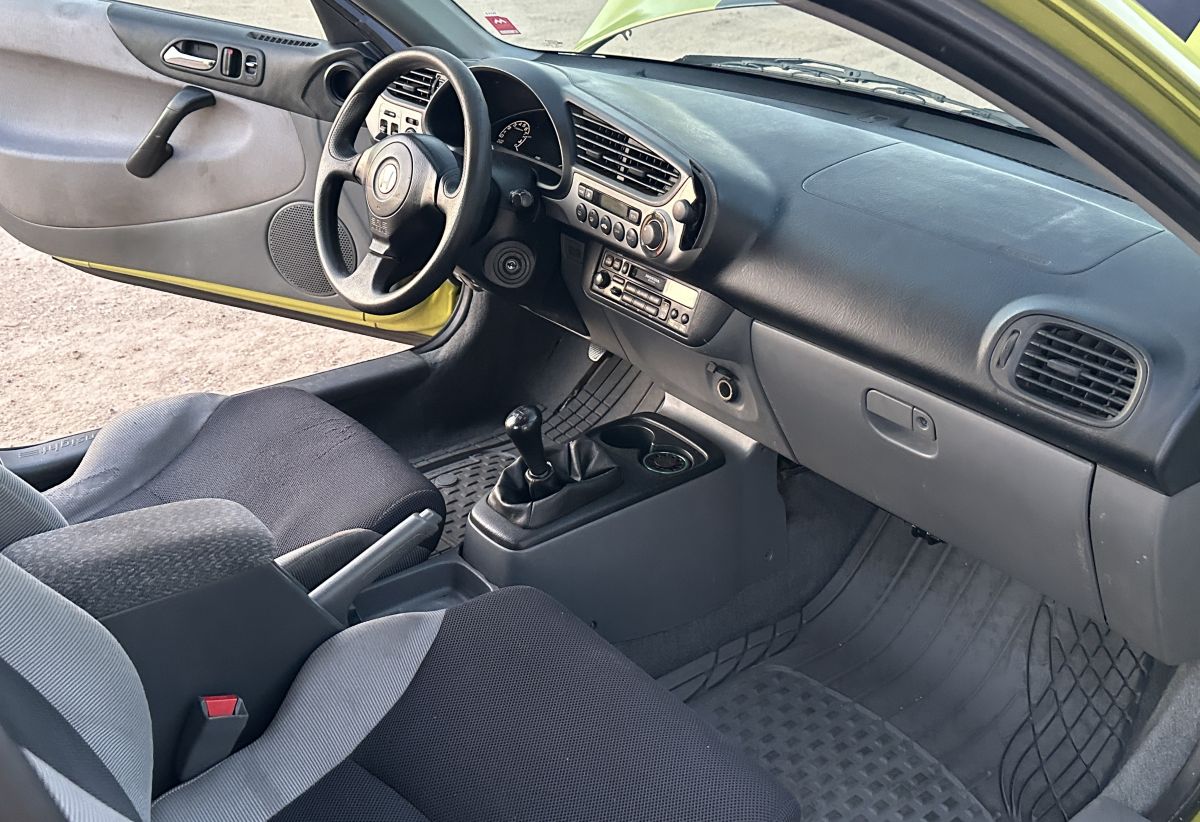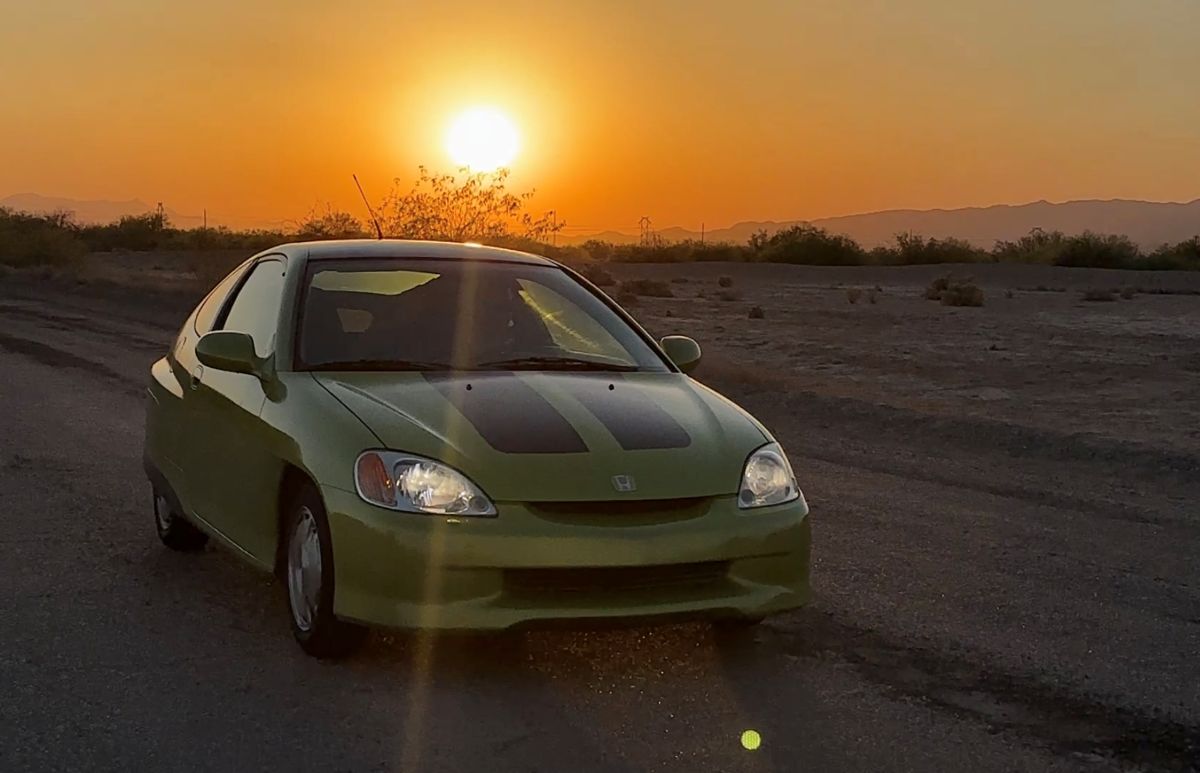Honda once said, “How many cars does it take to change the world? Just one, perhaps.”
On March 6 of this year, the Antique Automobile Club of America formally welcomed a new group of cars to the collectible vehicle community: “AACA recognizes the Class of 2000, which has crossed the 25-year threshold because the New Millennium is already the now Millennium. In addition, a whole host of recently imported Japanese Domestic Market (JDM) models are included as well, as long as they remain original and unmodified.”
AACA said about the Insight:
“The Honda Insight slipped in ahead of the Toyota Prius as America’s first modern hybrid. But instead of relying on a redundant gasoline engine and electric powertrain, it included a motor between the 1.0-liter, three-cylinder engine and transmission, which provided additional energy (boost) on demand like a turbocharger.
The Insight was optimized extensively for utmost fuel economy, exotically engineered and built alongside the NSX supercar. It was only available as an aerodynamic coupe, sans door pockets to save weight, and even gasoline robbing air-conditioning was a hard-to-source option.”

Insight on Insights
We touched a little bit on the Insight during a feature from the Kyusha Club last fall. My friend Kai, featured in that story, has recently become a little Insight-obsessed, so when the opportunity came up to acquire a first-year, introductory-color Insight with relatively low miles, he had to have it. The car is a “Citrus Yellow” 2000 Insight with a five-speed manual transmission. There were about 13,000 first-generation Insights sold in the United States between 2000 and 2006. Kai says that, according to his research, there were only 350 Insights in Citrus Yellow, so any such survivors 25-plus years later have become sought-after rarities.

Engineering
Cutting straight to the chase, the Insight is a fuel-economy wizard. The car was rated when new at 61 mpg in the city and 70 on the highway. Contributing factors included a lightweight aluminum monocoque body along with streamlined aerodynamic styling that reduced drag.
Power came from a teeny 1.0-liter inline-three paired with an electric assist motor. Together, they produced 73 horsepower and 91 lb-ft of torque. Clearly, the original Insight was not designed to deliver blistering acceleration, but rather, with the intent of optimizing economy.
A five-speed manual transaxle sent power to the front wheels, and a continuously variable transmission (CVT) was offered as an option in subsequent years. Honda included a number of innovations on the Insight, including an auto-stop system, regenerative braking, integrated motor assist (IMA), electric power steering and even lightweight wheels to reduce rolling resistance. The car had a curb weight of only 1,878 pounds.

Lasting Influence
The Insight was one of the first hybrid vehicles offer to the public, and it paved the path for the many similar vehicles that would follow – even 25 years later. It was an affordable, fuel-efficient and innovative car that was truly ahead of its time. The styling, while polarizing to some, follows a “function over form” mindset, and it’s an unmistakable eye-catcher on the roads today.
Just as citrus fruits are bright, tangy, and refreshing – the Citrus Yellow Honda Insight is a car that stands out. And its sky-high mpg credentials are shocking even today.

What other cars from the Y2K era are you excited to see becoming official classics? According to the AACA, these vehicles are on the newest list: 2000 BMW X5, the 2000 BMW Z8, the 2000 Ford Excursion, the 2000 Lincoln LS, the 2000 Morgan Aero 8, the 2000 Nissan Xterra, the 2000 Qvale Mangusta, the 2000 Rolls-Royce Corniche V and the 2000 Saturn L-Series.

